Eligibility Criteria and Fee Structure for Bachelor of Medicine and Bachelor of Surgery (MBBS)
The Bachelor of Medicine and Bachelor of Surgery (MBBS) program is one of the most prestigious and sought-after undergraduate medical courses worldwide. It is designed to train students to become competent medical professionals. In this article, we will discuss the eligibility criteria and fee structure for pursuing an MBBS degree.
Eligibility Criteria for Bachelor of Medicine and Bachelor of Surgery
To be eligible for admission into an MBBS program, candidates must meet specific criteria. While the criteria may vary slightly from one institution to another, the following are the general eligibility requirements:
1. Educational Qualifications: Candidates must have completed their 10+2 or equivalent examination from a recognized board. The most common subject combination required is Physics, Chemistry, and Biology (PCB).
2. Minimum Marks: A minimum aggregate score in the qualifying examination is usually required. This minimum percentage may vary from institution to institution but typically ranges from 50% to 60%. Students must check the specific requirements of the colleges they wish to apply to.
3. Age Limit: Some institutions may have age restrictions for admission. Generally, candidates should be at least 17 years old at the time of admission.
4. Entrance Exams: In many countries, including India, admission to MBBS programs is primarily based on performance in national or state-level medical entrance exams. These exams evaluate candidates’ knowledge in subjects like Physics, Chemistry, Biology, and sometimes, English.
5. Counseling Process: After clearing the entrance exams, candidates need to participate in the counseling process conducted by the respective authorities or institutions. Seats are allotted based on merit and candidate preferences.
6. Medical Fitness: Candidates may also be required to undergo a medical fitness test to ensure they are physically capable of handling the demands of the profession.
Meeting these eligibility criteria is crucial for admission into an MBBS program. Candidates should also focus on performing well in entrance exams to enhance their chances of securing a spot in a reputable institution.
Fee Structure for Bachelor of Medicine and Bachelor of Surgery
The fee structure for MBBS programs can vary significantly depending on factors such as the institution, location, and the facilities it provides. Below is a general overview of the fee structure:
1. Tuition Fees: Tuition fees are the primary component of the fee structure. These can vary widely, with government medical colleges typically having lower tuition fees compared to private institutions. On average, tuition fees for an MBBS program can range from INR 50,000 to INR 5,00,000 per year in India. In countries outside India, the fees may vary widely.
2. Hostel and Accommodation Fees: If the institution provides hostel facilities, there will be additional fees for accommodation. These fees can range from INR 10,000 to INR 50,000 per year, depending on the location and amenities provided.
3. Practical and Clinical Fees: MBBS programs involve extensive practical training and clinical rotations. Some institutions may charge additional fees for these components. These fees can range from INR 10,000 to INR 1,00,000 per year.
4. Examination Fees: Students are required to pay examination fees for each semester or year. These fees typically range from INR 1,000 to INR 5,000 per semester.
5. Books and Study Materials: Students should budget for expenses related to textbooks, reference materials, and other study materials. These costs may range from INR 5,000 to INR 20,000 per year.
6. Miscellaneous Fees: This category may include fees for activities, sports, identity cards, and other incidentals. These fees can add up to an additional INR 2,000 to INR 5,000 per year.
7. Additional Expenses: Students should also budget for expenses such as uniforms, transportation, and meals.
 5 Years
5 Years
 Under Graduate
Under Graduate
 Medical
Medical


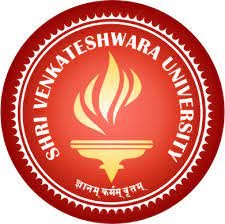
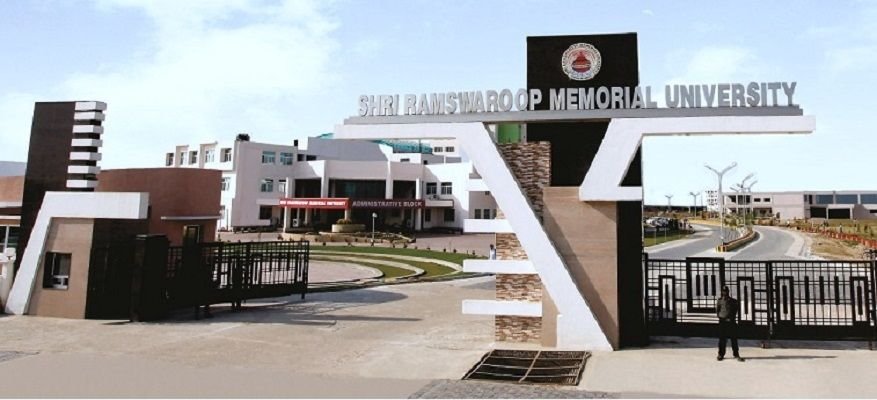
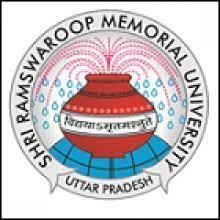
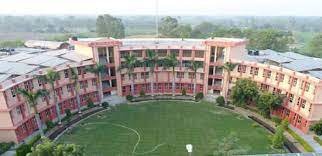

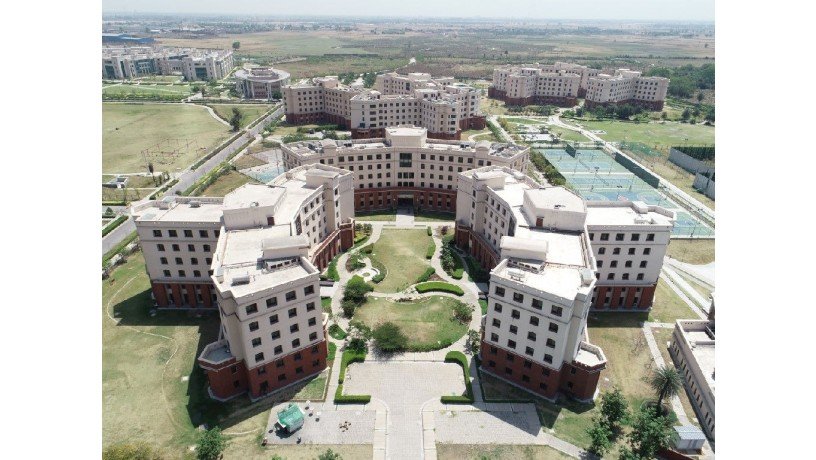
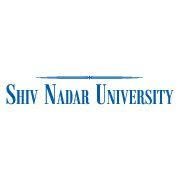
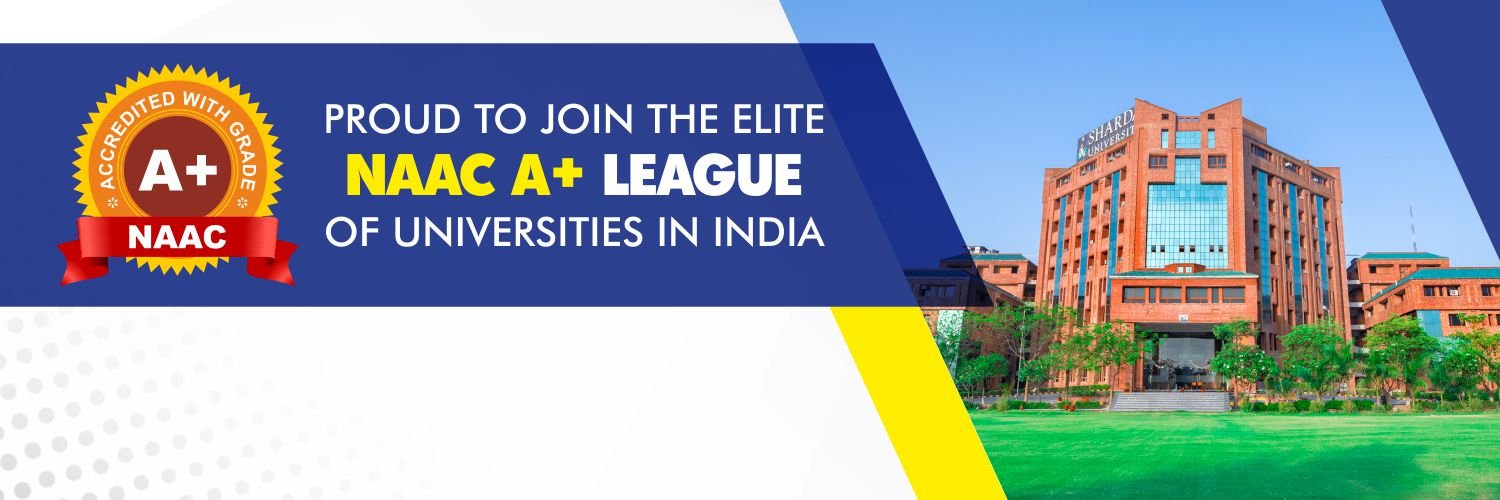

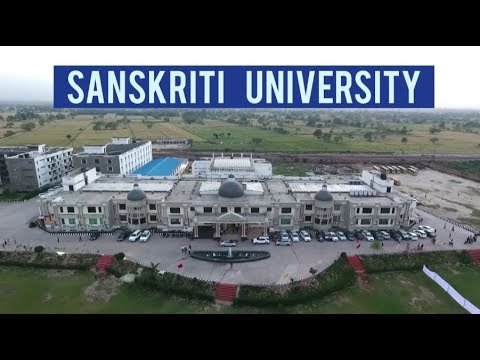
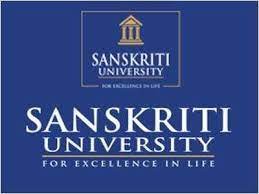

 back
back